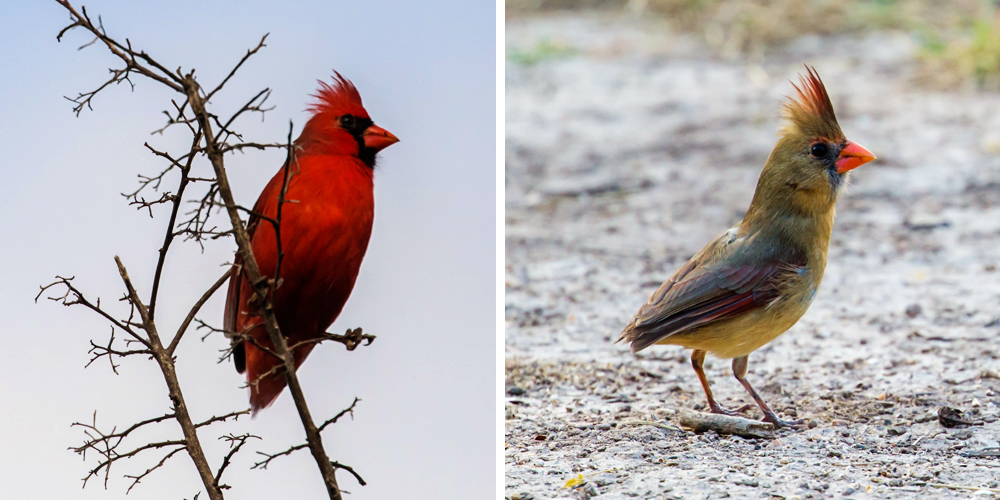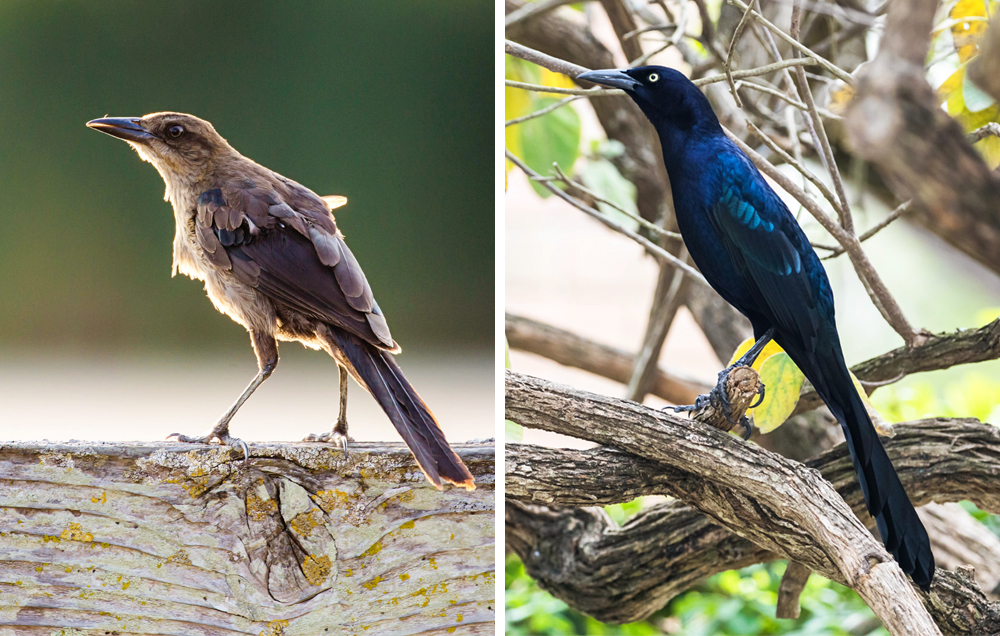NatureZen: “You Changed Your Hair!”
words and photos by Melissa McMasters
It was a running joke in our house growing up that my mom couldn’t recognize actors from one movie to the next. When we’d marvel that she didn’t remember, say, Uma Thurman, her excuse every time was, “Well, she changed her hair!”
That sense of confusion will be familiar to anyone watching birds this time of year. Many birds are going through a process called molting, which entails dropping old or damaged feathers and replacing them with new ones. Because often these feathers have different colors or markings than the ones that came before, a bird that seemed familiar in May might look quite different in September.
Molting isn’t the same for everyone—some birds fully replace every feather during a single year, some refresh at least a few of those feathers twice a year, and some (generally larger) birds take multiple years for a full makeover. The process is stimulated by changes in the amount of daylight (which signals both the beginning and ending of breeding season), temperature, and available food sources. And of course, molting is a gradual process. If a bird were to drop all its feathers at once, it would no longer be able to fly!
Today we’ll look at some of our local birds, and the different reasons and ways they replace their feathers.
Going Glam for the Summer
Much as we would dress differently for an evening on the town vs. a solo night in, birds execute a costume change depending on whether it’s time to breed or settle in for the winter. Small songbirds like the American goldfinch replace all their feathers in the fall, assuming what’s called their basic plumage. Their default is to be rather drab, a strategy that protects them from standing out to predators most of the year.
However, summer is for lovers, and the male goldfinch has ladies to impress. In the springtime, he performs another partial molt, turning his body bright yellow and his forehead jet black, but retaining the black and white feathers on his wings and tail. The result is his alternate (or breeding) plumage. For just those few critical months of summer, standing out to his potential mate takes precedence over hiding from his potential predator.
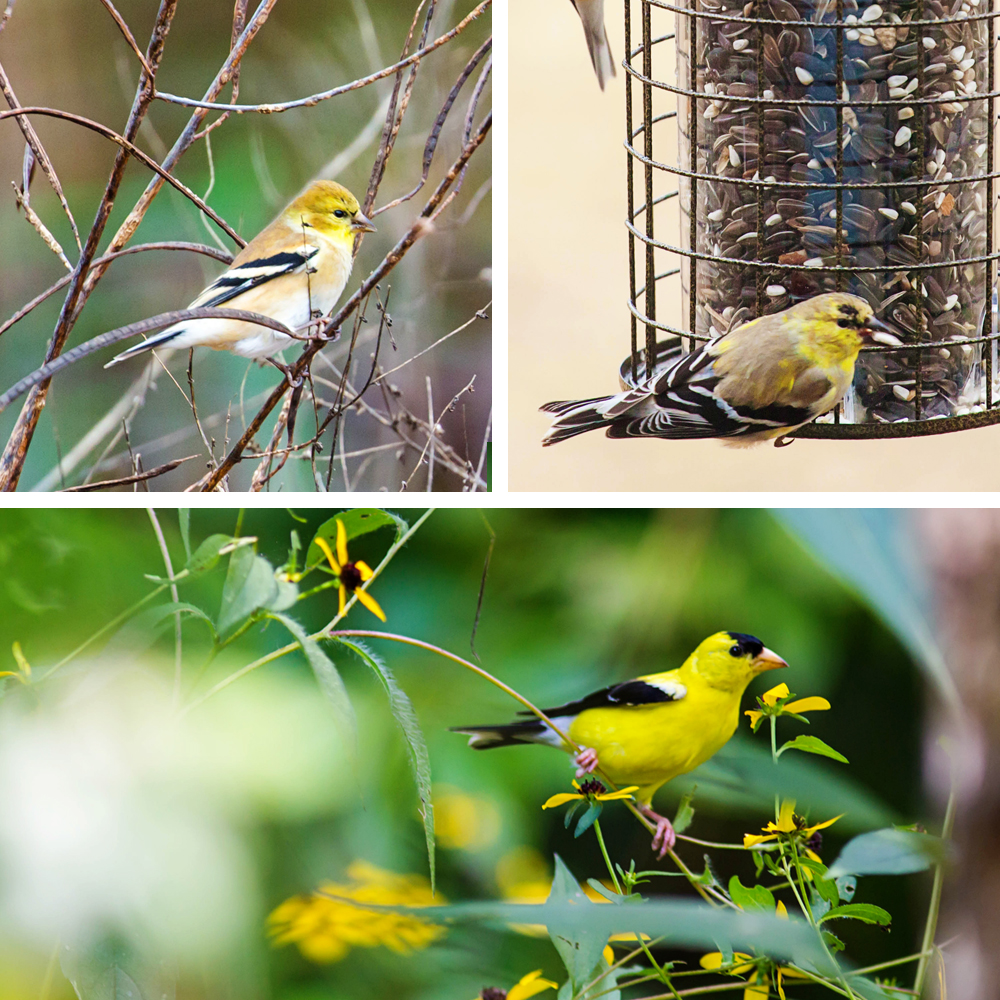
They Grow Up So Fast
Many birds look different as juveniles than they will as adults, and so they will perform gradual molts into their adult plumage. This sometimes results in an awkward phase where the adolescent birds look splotchy as they wait for the new feathers to grow in evenly.
Summer tanagers are one of my favorite Memphis-area breeding birds, and the mid-molt first-year males have a special place in my heart. Instead of the mustard yellow of the adult female or the crimson of the adult male, they give you the best of both worlds.

Raptors also change dramatically as they come into maturity. A juvenile Mississippi kite begins life with a heavily streaked head and breast, mottled wings, and a barred tail. The next summer, the bird will replace its body feathers with a sleek gray suit, although it will keep some of its tail and wing feathers. By the time the kite turns two, the wings are tipped with rusty feathers that are visible when it lofts into the air.
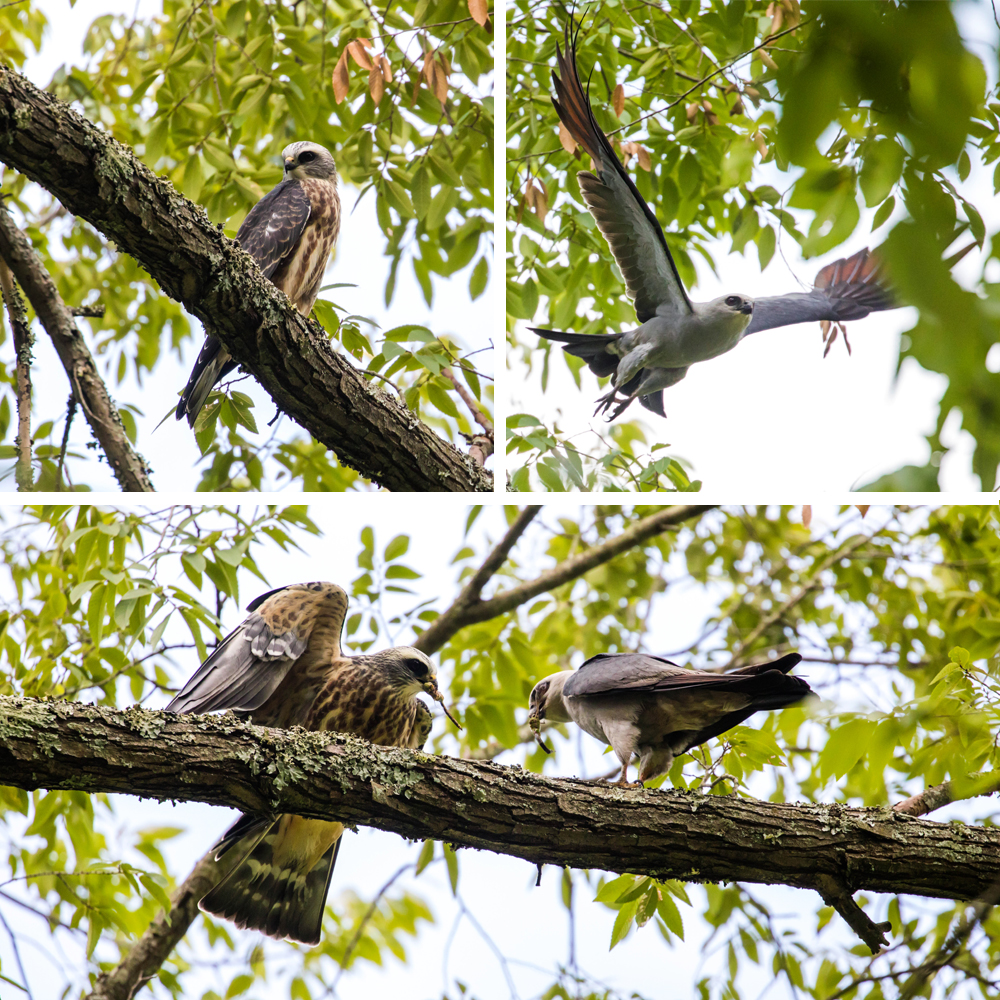
Fade to Gray
Warblers are beloved for their bright, sunny warm-weather looks, visible here for a few magical weeks in the springtime as they migrate north to their breeding grounds. They’re just as notorious for being hard to identify in the fall, when they replace their feathers with more muted versions. The trick to post-fall-molt warbler ID is looking for the patterns in their markings, which tend to remain pretty similar.
The yellow-rumped warbler is one of the few warbler species that stays in Memphis over the winter. You can see below that in all seasons, it has a bit of a dark mask around its eyes, a blotch of yellow on the side of its breast, and some black streaking or spots on its chest. (It’s also got a patch of yellow at the top of its tail, hence the name, but that’s not visible at this angle.)
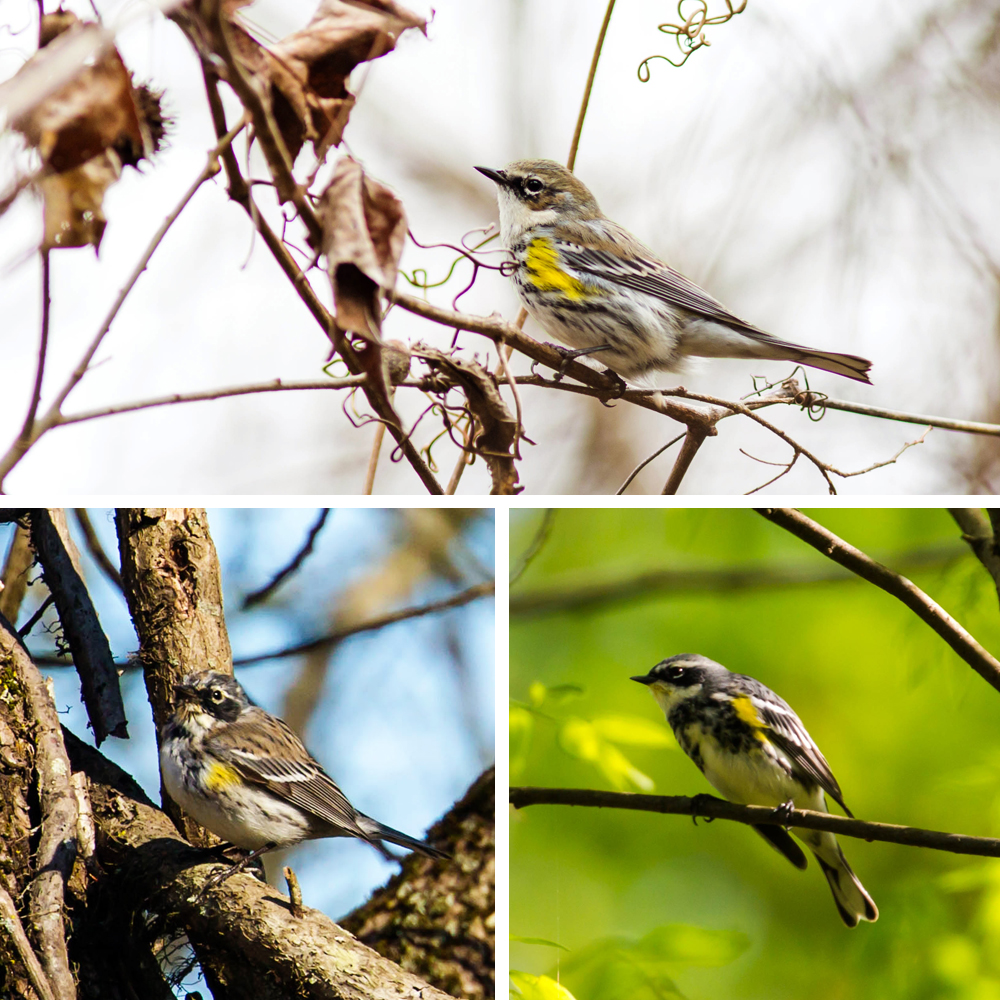
Golden-winged warblers are rarely-seen and therefore always-thrilling guests in the Old Forest. They provide an excellent example of birds whose markings are identical, but whose fall colors are a shadow of their summer ones.
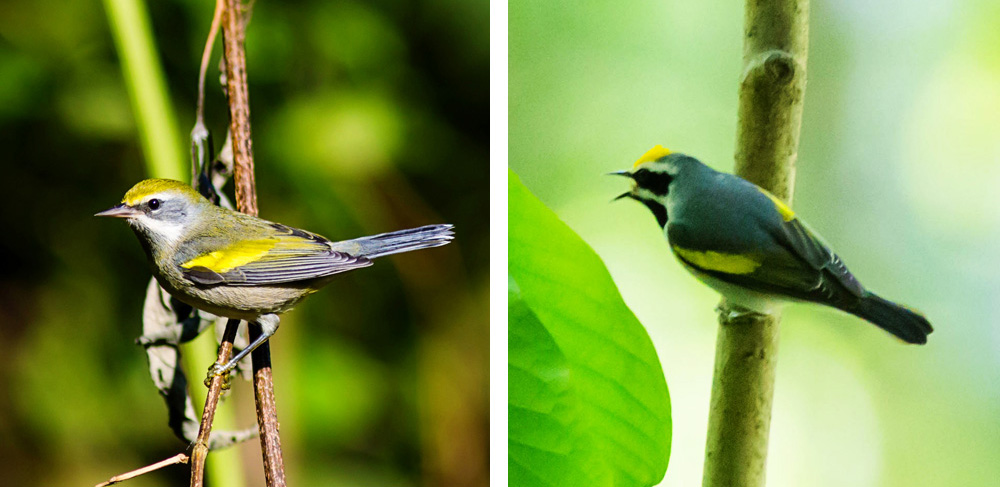
Shake Your Tail Feather…All the Way Off
There’s another, less common type of molt that bears touching on because it makes the birds look so unusual! These Northern cardinals have likely undergone a shock molt, which can occur when a predator (or a well-meaning human trying to band them for research purposes) comes for their tails. The birds can release all the tail feathers at once, leaving a surprised Cooper’s hawk with a mouthful of disappointment. The birds can still fly; they just might have a little trouble steering until those feathers grow back!
I hope you’ve enjoyed this look at the varying coifs of our feathered friends. Sometimes seeing a mid-molt bird looking frazzled makes me feel much better about what the August humidity is doing to my own hair! It’s times like those that I remember the great-tailed grackle below left will molt into the magnificent creature on the right. (Well…if it’s a juvenile male and not a female. Male vs. female bird plumage is a knot to untangle on another day!)

